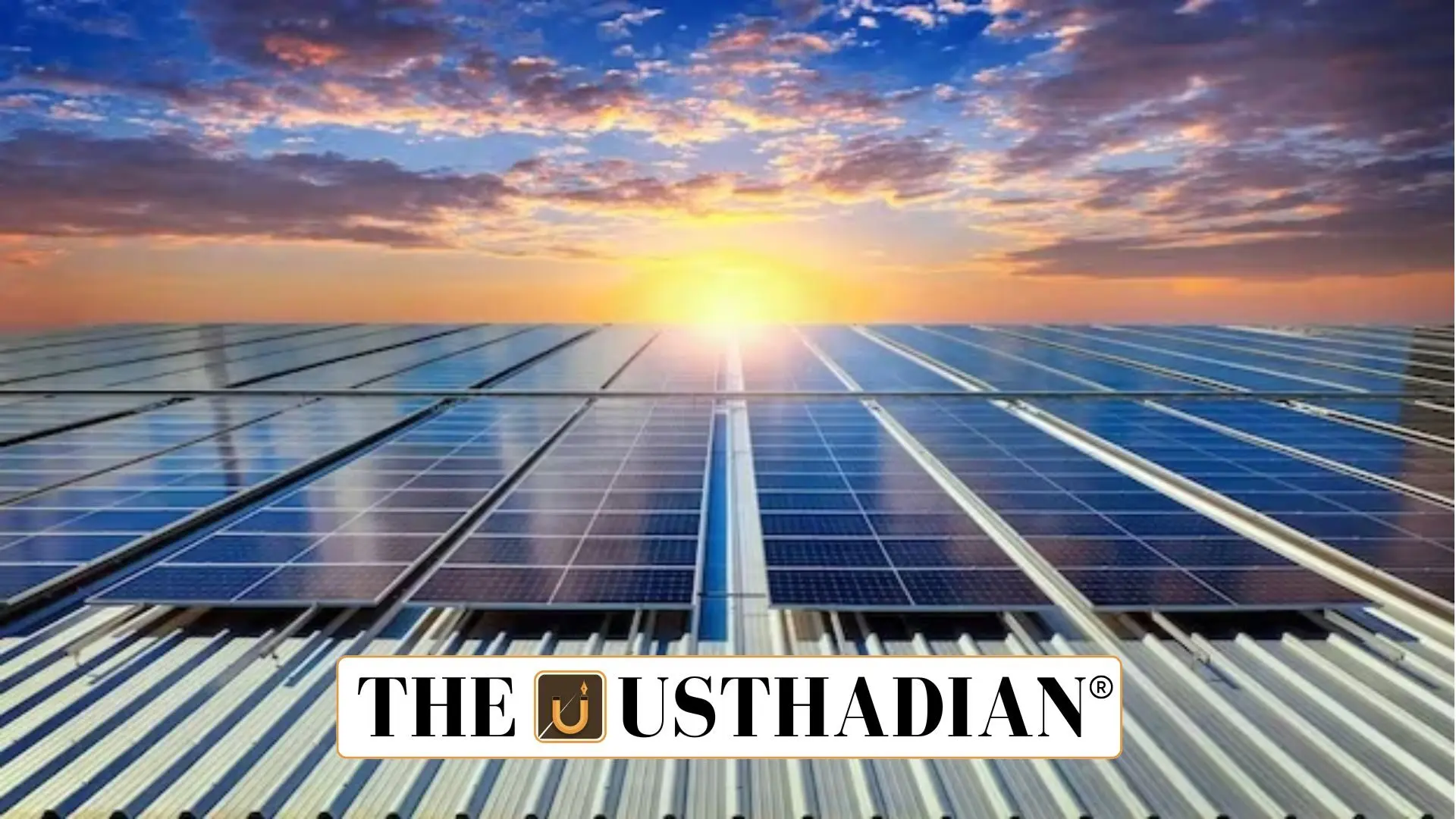India climbs global energy ladder
India Becomes Third-Largest Power Generator Says IEA Report: India has officially become the third-largest contributor to global power generation growth between 2019 and 2024, as stated in the latest International Energy Agency (IEA) report. This places the country just behind China and the United States, which have traditionally led in this space. This shift reflects India’s growing appetite for electricity and its strategic pivot towards clean and renewable energy sources.
Strong demand fuels power surge
India’s rapid growth is closely tied to the rising electricity needs across various sectors. Urbanization and infrastructure expansion have led to greater use of home appliances and air conditioning, especially in tier-2 and tier-3 cities. The industrial sector, including small and medium enterprises, is also contributing to this surge. According to the IEA, this demand is among the fastest growing globally.
Solar leads India’s clean energy push
While power generation continues across all energy types—fossil fuels, hydropower, and renewables—it is solar photovoltaic (PV) that is steering the transition. Solar PV alone has accounted for over half of all non-fossil fuel investments in India during the last five years. This aligns with India’s goals under the National Solar Mission, one of the country’s major initiatives launched in 2010.
Investment and foreign funding rise
In 2024, an impressive 83% of total investment in India’s power sector went into clean energy. India received USD 2.4 billion in development finance institution (DFI) funding for clean energy, making it the largest recipient globally. Additionally, foreign direct investment (FDI) in the power sector touched USD 5 billion in 2023, nearly double the pre-pandemic levels. These numbers underline the growing investor confidence in India’s green energy transition.
100% FDI is allowed in most areas of the power sector (excluding nuclear), enabling foreign players to participate freely.
Challenges in the investment landscape
However, the report also noted a decline in foreign portfolio investment (FPI) in the energy sector over the past two years. Experts attribute this to broader macroeconomic instability and sector-specific risks. Despite this, long-term prospects remain optimistic, backed by policy initiatives like the PLI scheme for renewable energy manufacturing and the Green Energy Corridors project.
Committed to a greener future
India’s energy mission is deeply tied to its Net Zero target by 2070, with a goal to install 500 GW of non-fossil fuel capacity by 2030. These goals are not just ambitious but are being backed by serious policy and funding mechanisms.
Static Usthadian Current Affairs Table
| Heading | Details |
| Report Released By | International Energy Agency (IEA) |
| India’s Rank in Power Growth | 3rd globally (after China and the US) |
| Timeframe Covered | 2019 to 2024 |
| Leading Energy Source | Solar PV |
| Share of Clean Energy Investment | 83% in 2024 |
| FDI in Power Sector (2023) | USD 5 billion |
| DFI Funding in 2024 | USD 2.4 billion |
| Major Schemes Supporting Growth | National Solar Mission, PLI, Green Energy Corridors |
| India’s Net Zero Target | By 2070 |
| Non-Fossil Fuel Capacity Target | 500 GW by 2030 |








